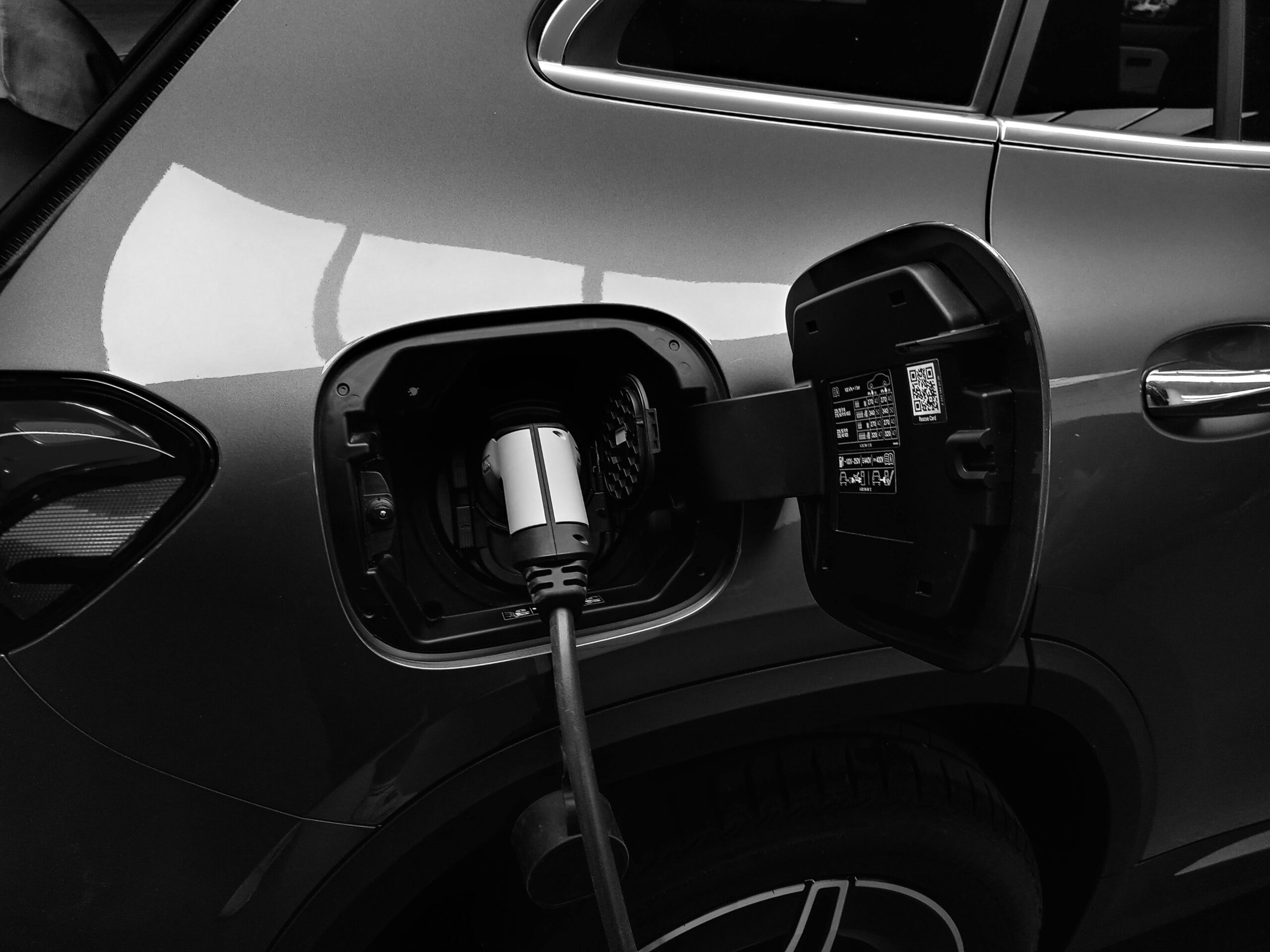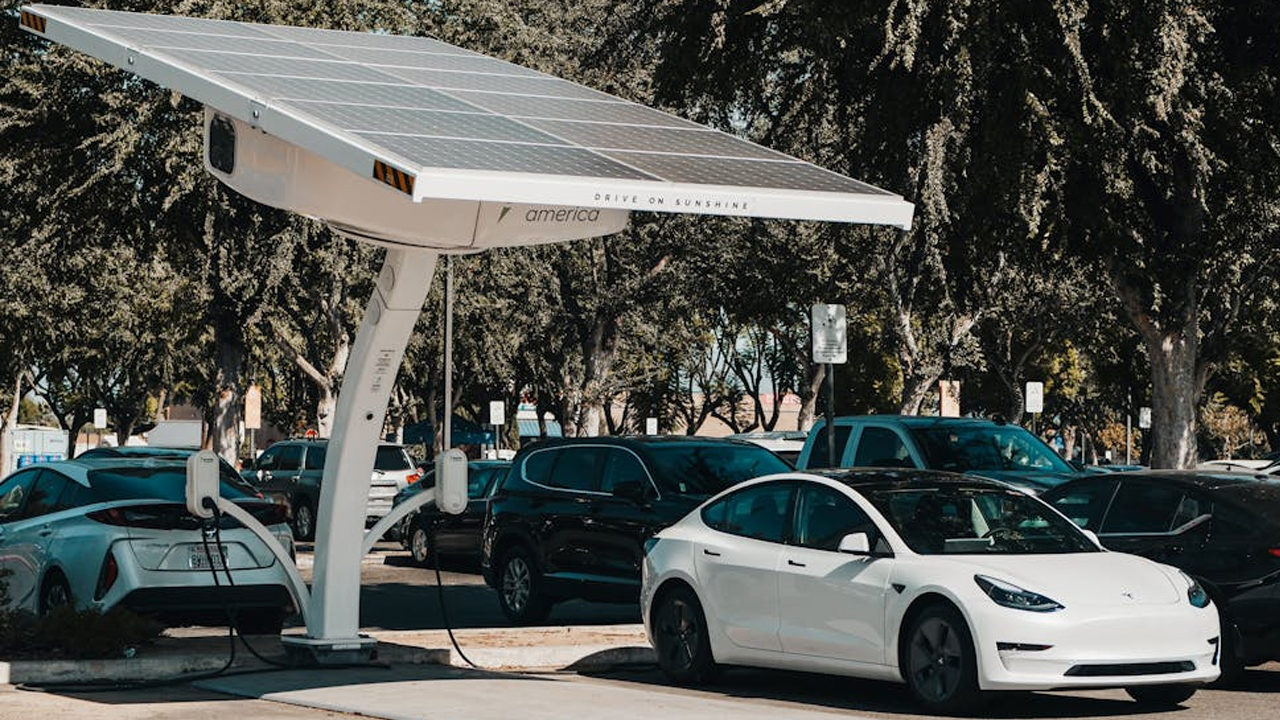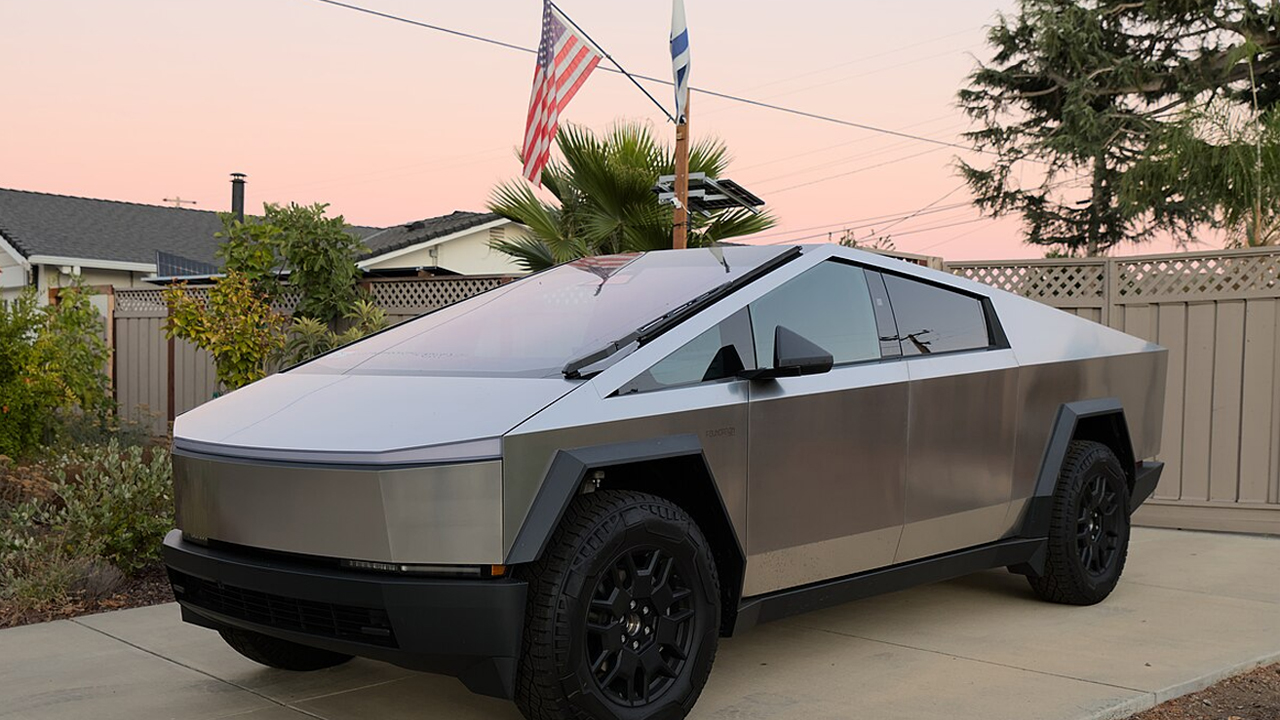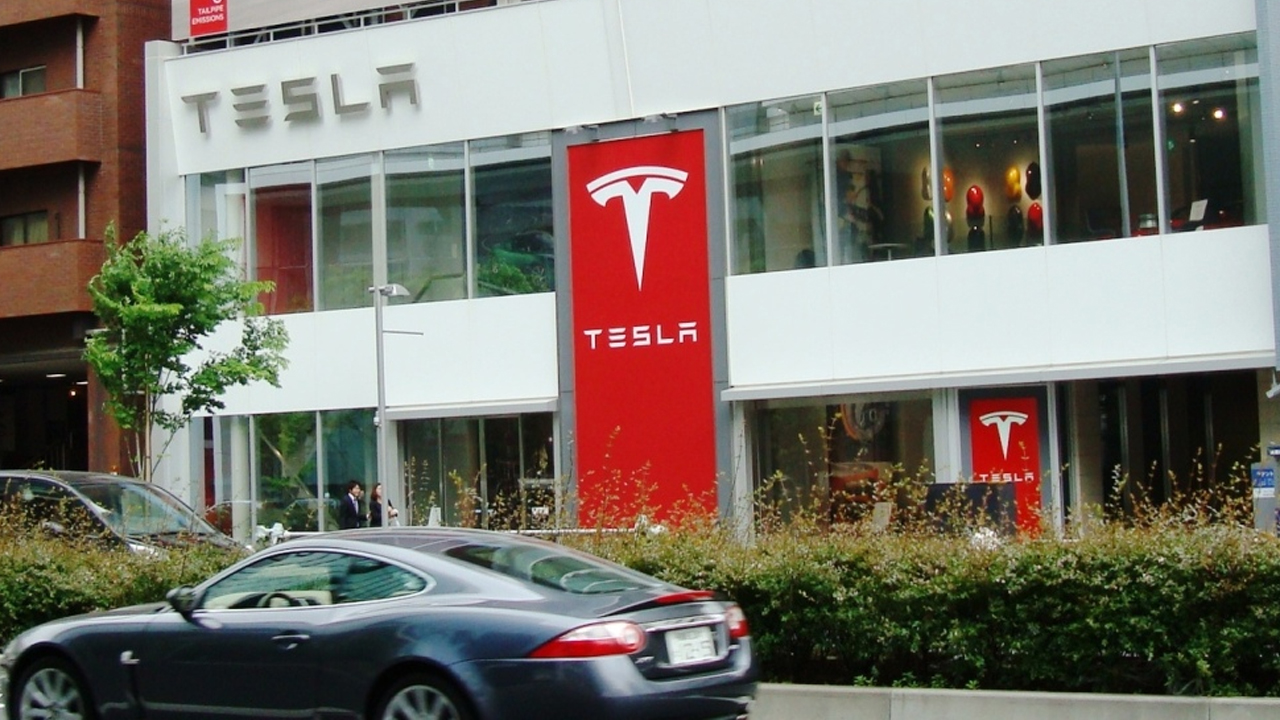Everyone keeps saying electric cars are the future—but there’s more to the story. While EVs cut down on tailpipe emissions, there are some overlooked issues that might make them worse for the environment than the gas-powered cars they’re replacing. From battery production to electricity sources and even brake dust, the full picture isn’t as clean as it seems. Here’s what most people aren’t talking about when it comes to electric vehicles.
The Hidden Environmental Cost of EV Manufacturing
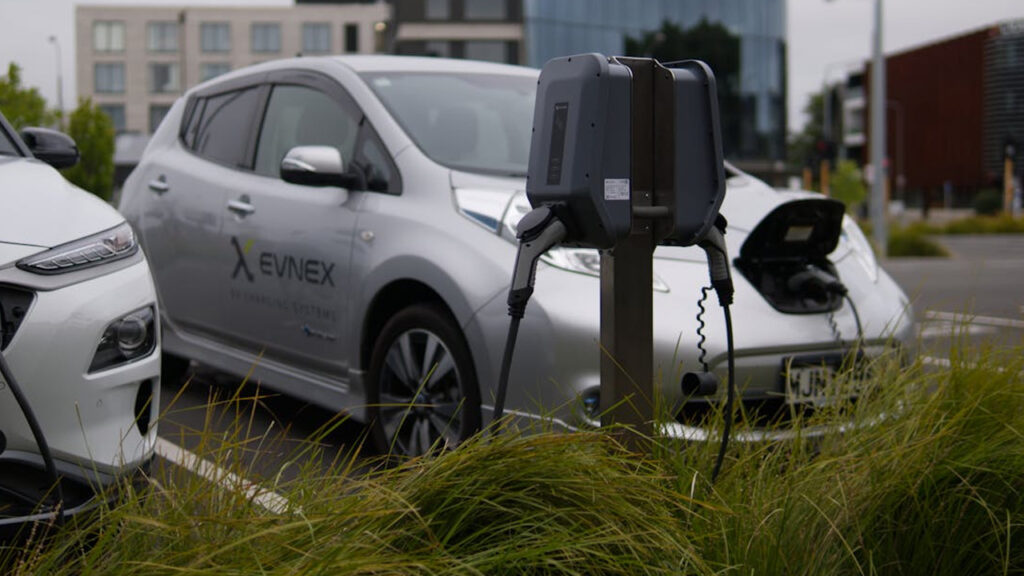
Electric vehicles (EVs) are often seen as the cleaner alternative, but manufacturing one can release up to 80% more emissions than building a gas-powered car. A big chunk of that comes from battery production, which requires mining and refining lithium, cobalt, and nickel—processes that are extremely energy-intensive. These emissions happen before the car even hits the road. (Source: MIT Climate)
Although EVs can eventually make up for this carbon hit through cleaner operation, the initial footprint is no small thing. It’s a part of the equation that gets skipped in a lot of the public conversations around going electric.
The Weighty Issue of Tire and Brake Pollution
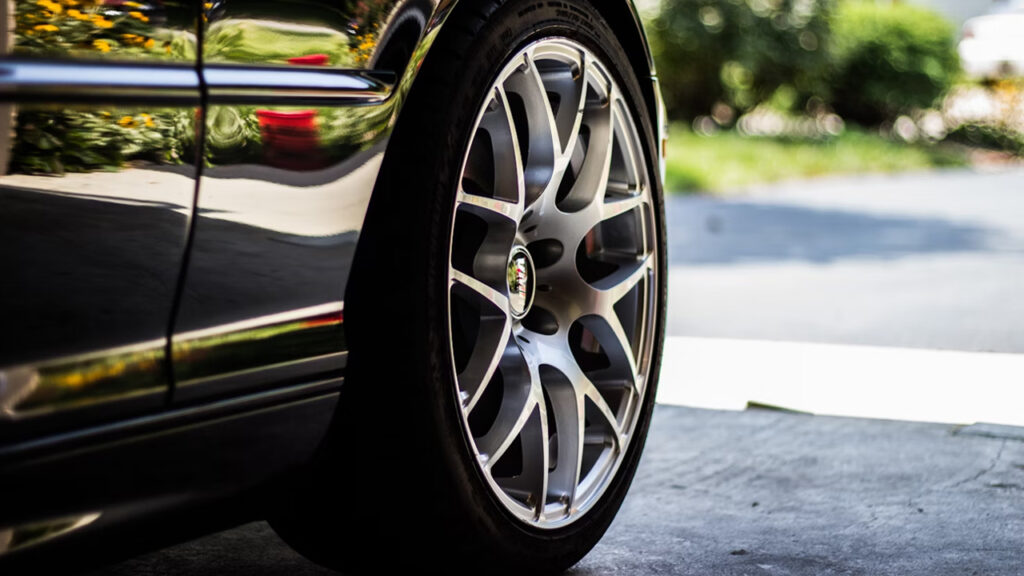
EVs are heavier than most gas cars thanks to their battery packs, and that weight matters. It puts more pressure on tires and brakes, which means they wear down faster and release more microscopic particles into the air. These non-exhaust emissions are increasingly being recognized as a real pollution issue. (Source: New York Post)
This type of pollution doesn’t come out of a tailpipe, but it still ends up in the environment—and in our lungs. It’s an overlooked side effect of pushing for electric vehicles without thinking through the full environmental trade-offs.
The Long Tailpipe: Electricity Generation Matters

Plugging in your EV isn’t always clean. If the electricity comes from coal or other fossil fuels, the environmental benefit gets murky fast. A “zero-emission” car doesn’t mean much if the power charging it is coming from a dirty grid. (Source: EPA)
In some areas, driving an EV could even result in more emissions than a modern gas car with good fuel efficiency. It all depends on how your electricity is made—and that’s something most EV owners never really think about.
Supply Chain Challenges and Ethical Concerns
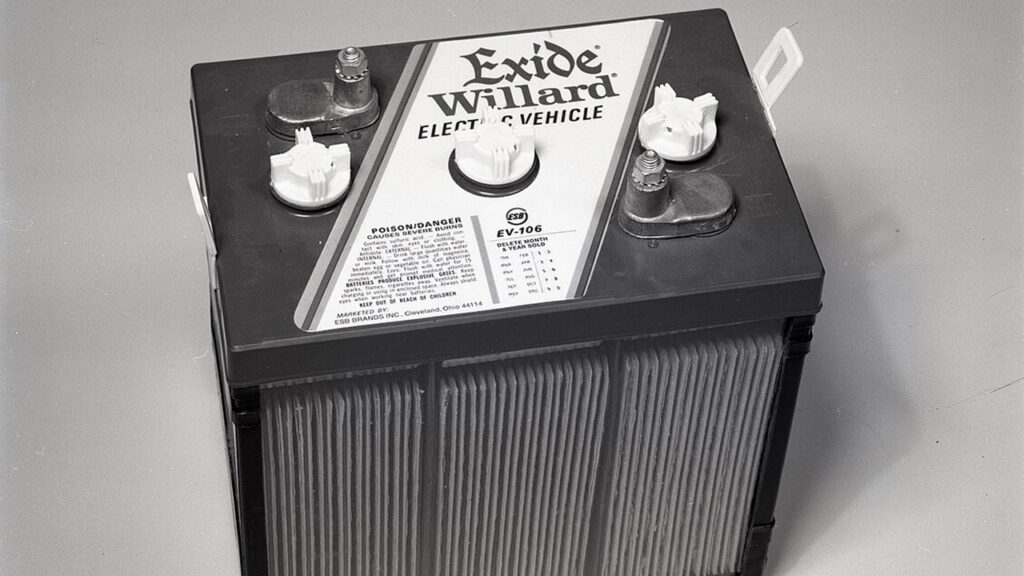
Most EV batteries rely on cobalt and lithium, which are often sourced under pretty rough conditions. We’re talking about mining operations linked to deforestation, water pollution, and even child labor. It’s not exactly the green image most people picture when buying an EV. (Source: Time)
The tech might be cleaner on the surface, but underneath it all is a supply chain that’s messy and sometimes unethical. Until that changes, EVs won’t be the guilt-free option they’re marketed as.
Lifecycle Emissions: A Complex Equation
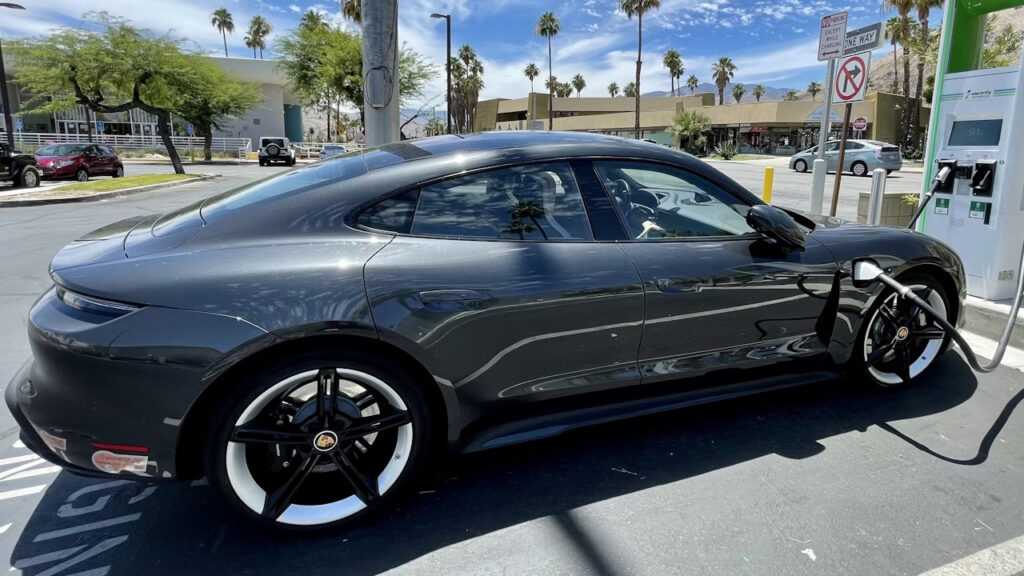
To really know if an EV is better, you’ve got to look at the full picture—from production to the junkyard. Yes, EVs pollute less once they’re on the road, but that doesn’t erase the massive emissions from making them. (Source: Alternative Fuels Data Center)
How much better or worse an EV is depends on how it’s driven, how long it lasts, and where it gets charged. The math isn’t simple, and it’s not always in the EV’s favor. Anyone looking for a black-and-white answer is going to be disappointed.
